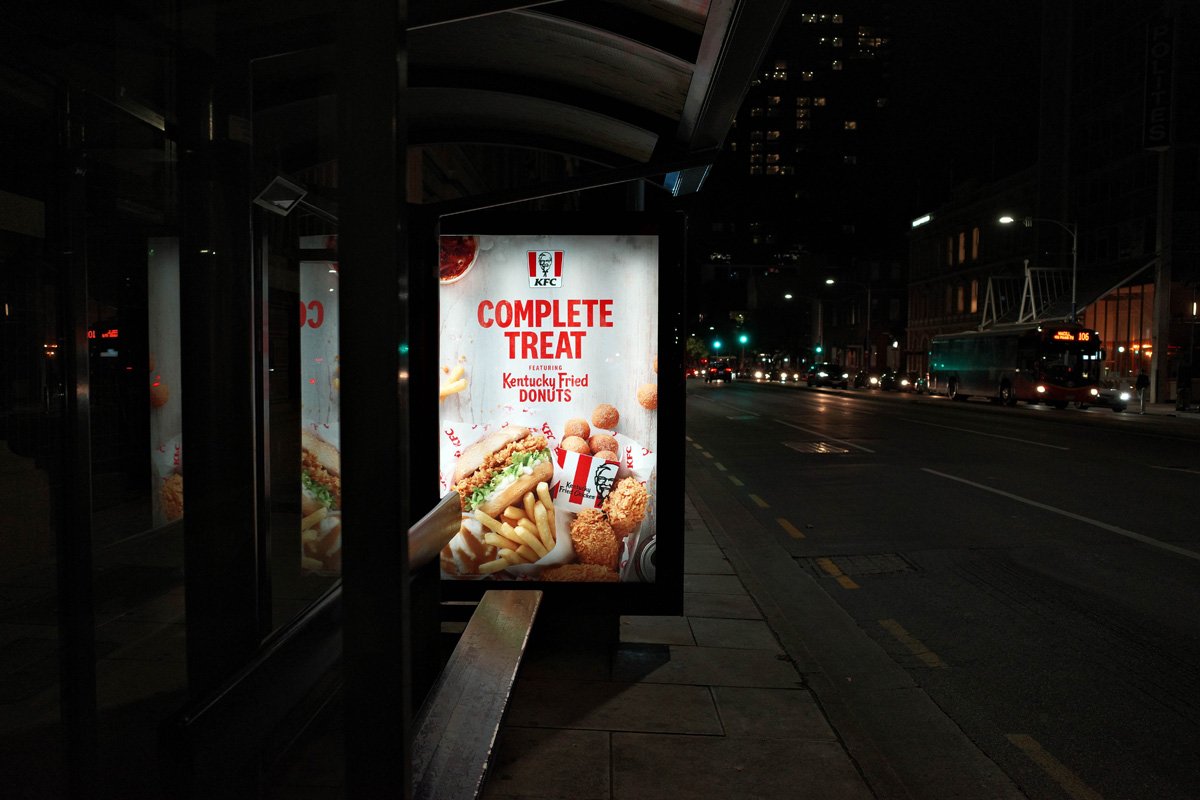It’s hard to believe that KFC has been around for almost 70 years, solidly entrenching itself in our cultural psyche and becoming the entry level job for many an American success story. The Colonel has survived all these years through a combination of flexibility, experimentation, and of course, their world-famous greasy fried chicken with 11 herbs and spices.
You don’t even have to look far to get a glimpse at how KFC remains successful: the KFC Menu, despite being absurd at times (remember the KFC sunscreen?), is a good barometer as to how a successful business ought to work. In fact, some of their strangest ideas, including the Double Down, has become a mainstay in their menu despite the fact that, prior to its release, it was looked down on by people.
Of course, once the Double Down did come out, it became a resounding success (and why wouldn’t it: it’s two pieces of fried chicken with cheese and bacon in the middle!).
The KFC Menu offers people an insight on how to become a multi-national brand that’s able to cater to individual tastes while retaining their signature personality, and it’s something that small business owners can look to for inspiration.
The KFC Menu Business Model: There’s No Such Thing As Bad Publicity
KFC was able to expand from Harland Sanders’s 1-bedroom apartment into a national –and then, subsequently, international –success because of franchising. This isn’t a secret, we know, but they took a step further and allowed their international franchises a large amount of freedom in terms of product creation, making it an important part of its marketing campaign strategies.
Of course, the KFC franchises around the world still have to follow corporate guidelines, but a big factor in KFC’s global success is their approval of crazy, localized ideas for new products. Just like the KFC back home, not all of these ideas are going to sell, but it’s always going to generate some form of publicity for the company.
We mentioned the Double Down earlier, which, again, was met with derision when it was first announced. But instead of balking at the negative reception, KFC, well, doubled down on the Double Down and released one promotional material after another. Eventually, disgust turned into curiosity, and that curiosity was rewarded with the creation of everyone’s favorite guilty pleasure.
This story is repeated in KFC branches around the world: in the Philippines, they introduced a KFC product where a piece of KFC chicken was coated in the cheese powder of a famous corn chip snack. It failed, but KFC’s overall revenue actually went up because of the number of people willing to try it.
Meanwhile, in China, due to a controversy involving GMO-fattened chickens, KFC China released the Shrimp Burger as a way to skirt around the issue. Despite being completely different from KFC’s original line of products, KFC China’s Shrimp Burger was a resounding success.
The KFC Menu Business Model: Knowing Your Audience

Perhaps KFC’s biggest strength is the intimate knowledge they have of their audience, which is reflected in the KFC Menu. While they’re not afraid to experiment, KFC also knows how to take calculated risks that are based on facts and local tastes, reinforcing itself in its audience base by introducing new products that market their brand.
The KFC Menu’s success is again seen in its international branches, where each branch that the Colonel opens outside the United States churning out local versions of old favorites. For example, in Japan, corn soup is a local favorite beloved by locals. How does KFC fold this into its menu? By creating a deep-fried corn soup product!
Is it weird? Yes, but KFC knew that Japan was no stranger to deep-frying foods (tempura, after all, can be applied to anything, not just shrimp), and while this innovation might seem strange to Western palates, it’s a hit over in the land of the rising sun.
Meanwhile, in India, where a large portion of the population is vegetarian, the KFC Menu features deep-fried vegetable strips as the main course. Normally, vegetables would be an after-thought to the American market, but in the KFC Menu in India, it’s a mainstay.
KFC knows its audience, and every small business owner needs to be able to know their audience base regardless of where they are. And it’s not just about throwing in a cup of rice because your customers are Asian: you need to know what foods comfort the people, the same way you know fried chicken comforts Americans.
The KFC Menu Business Model: Old Business Practices for the New Millennium
A lot of the tactics the KFC Menu uses for its international success is probably old news to established companies: investing in research and development, putting positive spins on publicity, and familiarizing themselves with the people that patronize their business. It also helps that they invest in franchises, the cornerstone of their success.
But while its practices are traditional, their execution is modern; a lot of the marketing materials KFC releases incorporate current cultural trends, from takeout boxes with a USB plug; teaming up with Marvel to release a limited-run comic book; or releasing a KFC bucket with a photo printer for smartphones.
KFC isn’t afraid to test out new tech and immerse itself in current trends, provided, of course, that it’s backed up by facts, figures, and a whole lot of research.